Rules new to Frosthaven
Scenario Phase p.7
In addition to the scenario book, the section book will also be important for playing through a scenario. Any time you see the section book icon ![]() , read the specified section in the section book. The number before the period is the specific page number, and the number after the period is the specific section on that page.
, read the specified section in the section book. The number before the period is the specific page number, and the number after the period is the specific section on that page.
Beginning a Scenario p.8
- Deal three battle goals to each character. Decide which one to keep for each character and discard the others (see p.17).
- Place the token tray nearby.
- Build the loot deck as depicted by the loot table in the scenario entry (see p.16).
Scenario Entries p.10
- Any requirements for playing the scenario, including necessary campaign stickers or special travel icons that require the corresponding building upgrade.
- The complexity of the scenario, on a scale of 1–3. Higher complexity scenarios will generally take longer and have more special rules.
- The geographical feature where the scenario is located (if any).
- The designers and writers of the scenario (side scenarios only).
- The goal of the scenario. When this is achieved, the scenario is completed, and the specified section in the section book should be read at the end of the current round for the conclusion and rewards.
- Section links, which will describe when you should reference the section book for additional information (see p.7). Important elements such as additional room setups can be found in these sections. Section links are read immediately when the condition described is fulfilled, even if it interrupts an ability.
- The configuration of map tiles needed for the entire scenario, with each map tile labeled. Most of the time, this will be more than the initial room. Do not reference the setup for any additional rooms, which will be detailed in the section book, until instructed. However, the map tiles for the entire scenario can be placed at once.
- The composition of the loot deck (see p.16).
Scenario Entries p.11
- Loot Tokens: These are objects on the map that characters can interact with to gain rewards from the loot deck (see p.32).
Road Events p.12
There are two decks of road events: summer and winter. Draw the top card of the active road event deck that corresponds to the current season, as shown by the next unmarked box on the campaign calendar (see p.54).
Some options and outcomes have requirements associated with them. The most common requirement checks whether any of the characters has a specific trait ![]() listed on the front of their character mat. Other requirements might refer to the gold, resources, or other campaign stats you have, or whether specific achievement stickers are present on the campaign sheet (see p.54). When the word “collective” is used, the requirement refers to the entire party and can also include any collective resources listed on the campaign sheet. If the requirement is not met, instead read the outcome labeled “otherwise.”
listed on the front of their character mat. Other requirements might refer to the gold, resources, or other campaign stats you have, or whether specific achievement stickers are present on the campaign sheet (see p.54). When the word “collective” is used, the requirement refers to the entire party and can also include any collective resources listed on the campaign sheet. If the requirement is not met, instead read the outcome labeled “otherwise.”
Map Tiles and Walls p.13
Each map tile is considered to be full of empty hexes (no overlay tiles or figures). These traversable hexes are surrounded by walls consisting of border hexes separated by wall lines.
A hex with no overlay tiles (except corridors and pressure plates) is considered featureless. A hex with no figure is considered unoccupied. A hex that is both featureless and unoccupied is considered empty. Tokens are not overlay tiles.
Traps p.14
When a trap tile is placed on the map, tokens for the damage and conditions it applies should be placed on the trap tile for easy reference.
Hazardous Terrain
If any figure enters a hazardous terrain hex, except when flying or jumping (unless the jump movement ends there), that figure suffers damage equal to 1 plus one-third of the scenario level, rounded up (see p.16).
Difficult Terrain
A figure requires 2 movement points to enter a difficult terrain hex, except when flying or jumping (even if the jump movement ends there).
Icy Terrain
If any figure enters an icy terrain hex, except when teleporting, flying, or jumping (even if the jump movement ends there), that figure is forced to move one additional hex, without spending a movement point, in the same direction as the movement that caused them to enter the hex. This extra movement is unaffected by difficult terrain, but it will not occur if it would cause the figure to move through a wall line or to enter a hex occupied by another figure, obstacle, or objective. If the movement causes the figure to enter another icy terrain hex, the effect triggers again.
Objectives p.15
Objectives are tied to the goals of some scenarios and typically need to be destroyed or protected. In either case, the special rules for the scenario will assign a maximum hit point value to each objective, usually based on the scenario level (see p.16) and the number of characters. Objectives can be targeted by attacks and suffer damage, but are immune to all conditions and forced movement. Objectives are considered to have initiative 99 for the purpose of focusing, unless otherwise stated by the special rules for the scenario, but do not take turns. Any damage an objective suffers is marked by placing damage tokens directly on it. When the total damage suffered by an objective is equal to or greater than its maximum hit point value, the objective is destroyed, and the objective tile is removed from the map. Objectives are considered figures, and the hexes they are in are considered occupied. Objectives are not considered obstacles.
Walls
Like the walls on the border of a map tile, figures cannot cross the wall lines into a wall hex by any means, even when flying or jumping. Any section of a map tile surrounded by wall lines is considered to be a separate room.
Treasures
If the treasure provides an item, find one copy of that item in the unavailable supply and add it to your pool of items. You may then use it normally for the remainder of the scenario as if you had brought it into the scenario, even if it puts you above the limit for that type of item (see p.35).
If the treasure provides an item blueprint, find all copies of that item in the unavailable supply and add them to the available craftable supply (see p.58).
If the treasure provides a random item blueprint, draw a card from the shuffled random item blueprint deck and add it and all other copies of that item (found in the unavailable craftable supply) to the available craftable supply (see p.58).
If there are no cards left in the random item blueprint deck, gain 1 inspiration instead (see p.54).
If the treasure unlocks a random scenario, draw a card from the random scenario deck, read the section specified on the card in the section book, and then remove the card from the game.
If there are no cards left in the random scenario deck, gain 1 inspiration instead (see p.54).
Loot Deck p.16
Each scenario will have a custom loot deck, built as directed by its scenario book entry and consisting of different types of loot cards. The number of cards of each type specified should be randomly drawn from their own individual decks and shuffled together to form the loot deck.
The four different types of loot are as follows:
- Money
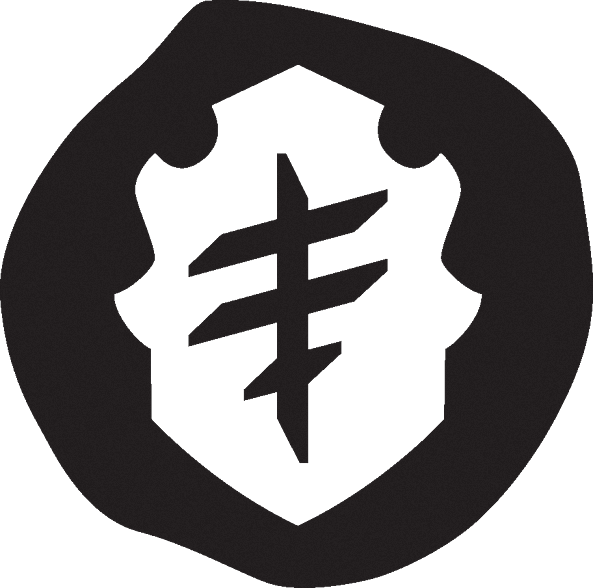 : Twenty cards depicting one to three coins, which are each converted to gold based on the scenario level (see below).
: Twenty cards depicting one to three coins, which are each converted to gold based on the scenario level (see below). - Material Resources: Eight cards per material type (lumber
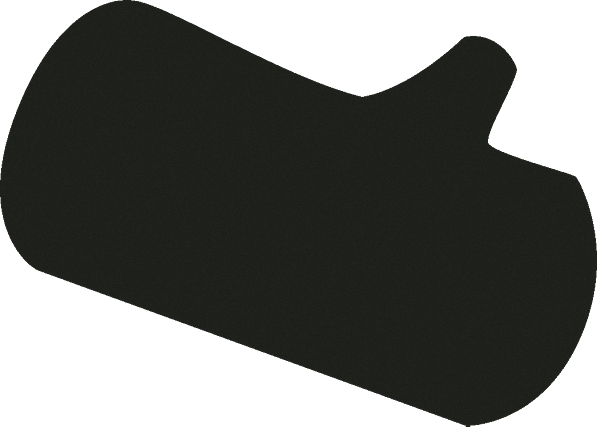 , metal
, metal 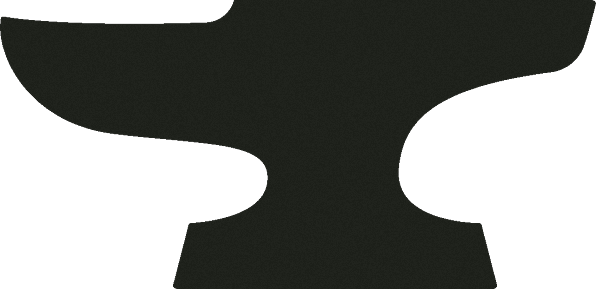 , hide
, hide 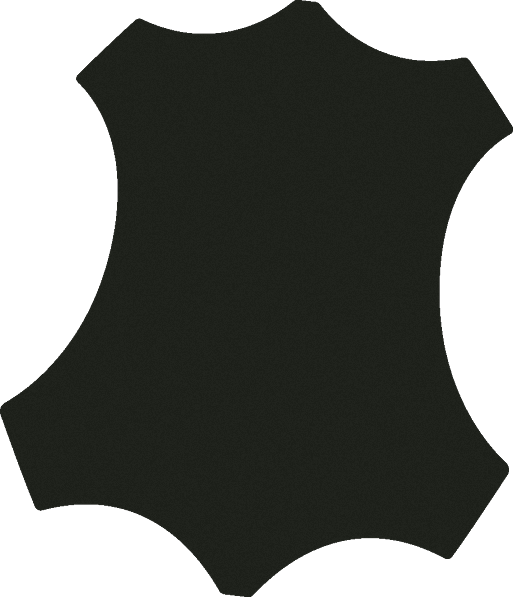 ), which provide a varying number of materials based on the number of characters in the scenario.
), which provide a varying number of materials based on the number of characters in the scenario. - Herb Resources: Two cards per herb type (arrowvine
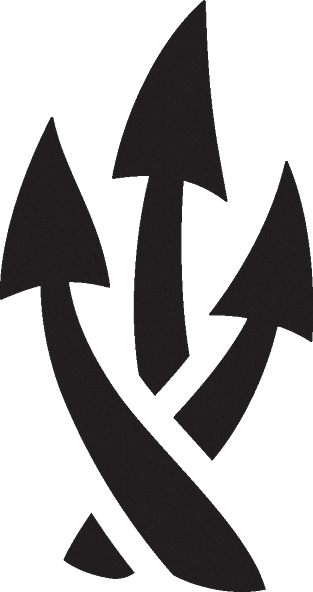 , axenut
, axenut 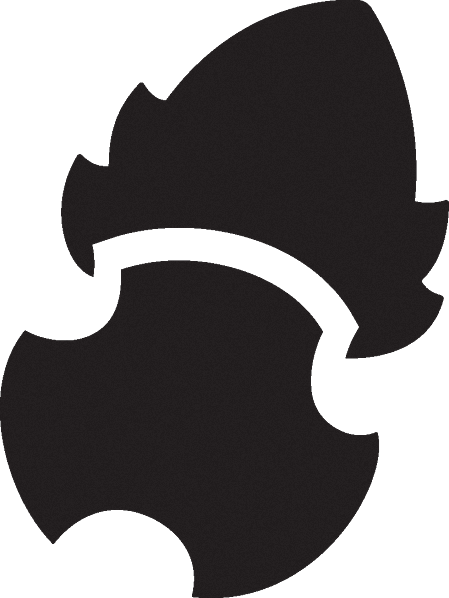 , corpsecap
, corpsecap 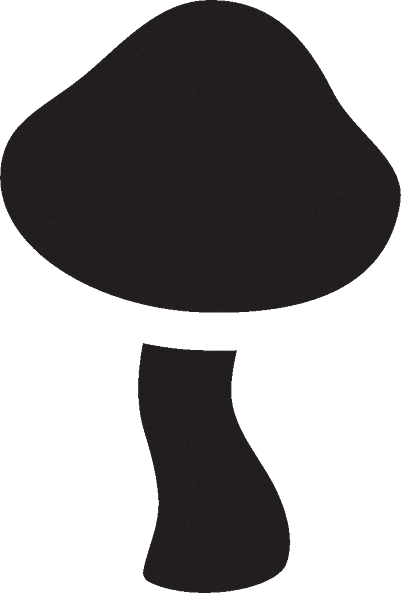 , flamefruit
, flamefruit 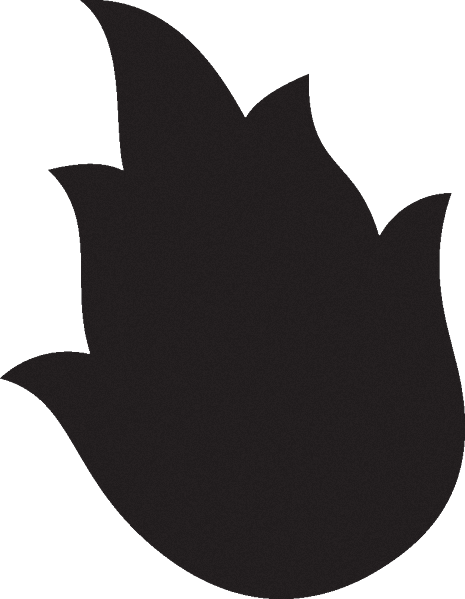 , rockroot
, rockroot 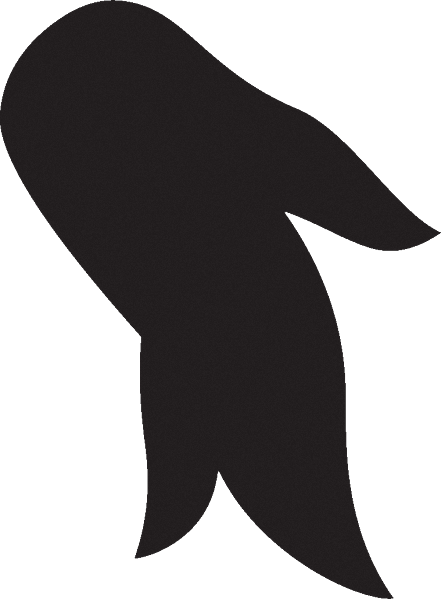 , snowthistle
, snowthistle 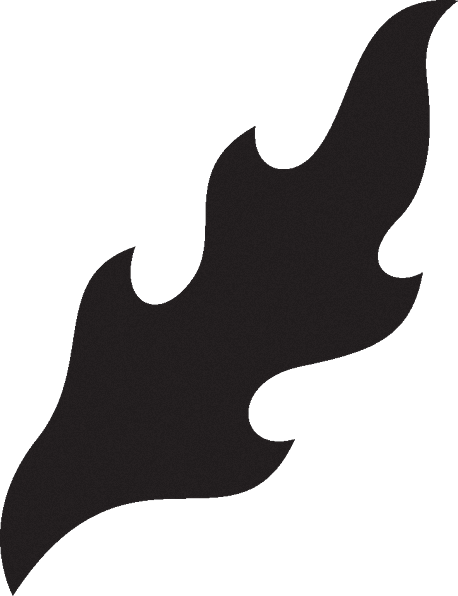 ), which provide one herb each.
), which provide one herb each. - Random Item
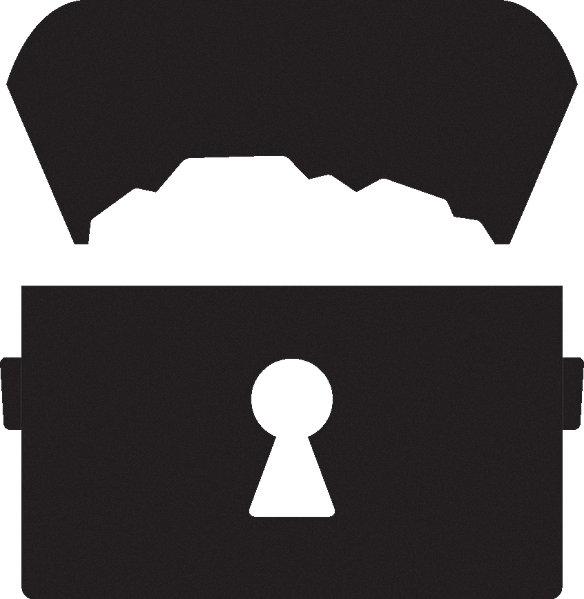 : One card that provides a random item (see p.32). This can only be gained once per scenario entry.
: One card that provides a random item (see p.32). This can only be gained once per scenario entry.
Certain events will allow you to add a + sticker to a loot card, which provides one additional resource of that type. Money and resources looted during a scenario are not gained until the end of the scenario (see p.47), but random items are gained immediately when looted.
Battle Goals p.17
At the start of every scenario, each character receives three battle goal cards in secret and chooses one to keep, discarding the others face down.
Ordering of Initiative p.19
Take the initiative order tokens for all monster types and characters on the map and arrange them from lowest to highest (i.e., earliest to latest) initiative.
Character and Monster Turns
Actions and Abilities Overview
Abilities p.20
If an action consists of multiple abilities, these will be separated from each other by ability lines.
Important Ability Concepts
Line-of-Sight p.21
When any figure or hex is targeted by any ability, the acting figure must have a clear line‑of‑sight to the target in order to perform the ability. Line-of-sight is established if a line can be drawn from any part of the acting figure’s hex to any part of the target hex without touching a wall line.
Target
Attack (p.25), conditions (p.28), heal (p.29), forced movement (p.32), commanding figures (p.33), and manipulating tiles (p.33) are the only targeted abilities. Targeted abilities cannot be performed if there is no valid target.
Allies, Enemies, and Self
In general, negative abilities can only target enemies, and positive abilities can only target allies or the acting figure themselves. Some abilities have specific targeting information that contradicts this rule. An ability specifying its targets as “all” follows these restrictions, but an ability specifying its targets as “all figures” targets both allies and enemies.
Range
Figures treat the hex they occupy as adjacent for the purpose of targeting.
Area of Effect p.22
![]() Blue indicates a hex which an ally must occupy. The ability cannot be performed otherwise. The ally is not targeted by the ability.
Blue indicates a hex which an ally must occupy. The ability cannot be performed otherwise. The ally is not targeted by the ability.
![]() Blank hexes are used as spacers between other types of hexes.
Blank hexes are used as spacers between other types of hexes.
Elements p.23
If an action depicts elemental consumptions in the upper left corner, all of those elements must be consumed to perform any part of the action.
![]() A mixed element icon, which depicts two elements within the same border, represents one of those two elements (but not both of them). When a wild or mixed element is infused, at the end of their turn, the acting figure chooses which of those elements to infuse.
A mixed element icon, which depicts two elements within the same border, represents one of those two elements (but not both of them). When a wild or mixed element is infused, at the end of their turn, the acting figure chooses which of those elements to infuse.
Abilities
Move p.24
A figure must always end their movement in an unoccupied hex. A figure must enter at least one hex to be considered to have performed a move ability.
Jump
Difficult terrain and icy terrain are ignored completely when jumping.
Flying
If a figure loses flying, treat them as if entering their current hex with a normal movement. In such cases, if the figure currently occupies a hex with an obstacle, they instead move into the closest unoccupied hex without an obstacle, triggering any effects of that hex.
Teleport
![]() “Teleport X” is an ability that transports a figure to any location within X hexes of their current hex, without evaluating their path through all of the hexes between. A teleport ability is not considered a move ability, and teleporting is not considered movement. Teleportation is not affected by anything, even walls, in the hexes between. A figure can only teleport to a valid hex, and any effects of entering that hex still trigger normally, unless otherwise stated. A figure cannot teleport into an unrevealed room, but they can teleport to a hex with a closed door, opening the door as a result
“Teleport X” is an ability that transports a figure to any location within X hexes of their current hex, without evaluating their path through all of the hexes between. A teleport ability is not considered a move ability, and teleporting is not considered movement. Teleportation is not affected by anything, even walls, in the hexes between. A figure can only teleport to a valid hex, and any effects of entering that hex still trigger normally, unless otherwise stated. A figure cannot teleport into an unrevealed room, but they can teleport to a hex with a closed door, opening the door as a result
Attack p.25
An attack with no specified range value is considered a melee attack with range 1, capable of targeting adjacent enemies only, unless otherwise stated. For example, if an effect provides “+ Y ![]() ” to an attack, it would give the attack with no specified range value”
” to an attack, it would give the attack with no specified range value”![]() 1 + Y” and make it a ranged attack.
1 + Y” and make it a ranged attack.
Attack Modification Order
- Ward and brittle are applied (see p.28). If the target has both conditions, they negate each other and are removed.
Attack Modifier Cards
If a scenario includes scenario allies, they all use the separate ally deck.
Attack Effects p.26
If another figure uses a character’s deck, the character controls the added effects of the modifier even though the attacking figure applies them.
Advantage and Disadvantage p.27
With advantage, the attacker draws two modifiers and uses one of them. A monster always uses the better one, but a character may use either one. With disadvantage, the attacker draws two modifiers and always uses the worse one.
If the first draw with advantage or disadvantage is a rolling modifier ![]() , the attacker draws additional modifiers, one at a time, until a non-rolling modifier is drawn. They then draw one more modifier and ignore any rolling icon on it.
, the attacker draws additional modifiers, one at a time, until a non-rolling modifier is drawn. They then draw one more modifier and ignore any rolling icon on it.
The first non-rolling modifier and the one after it are compared. If the attack has advantage, the attacker uses all initial rolling modifiers and whichever of the last two modifiers they choose. If the attack has disadvantage, the attacker ignores all initial rolling modifiers and uses whichever of the last two modifiers is worse.
If the first draw with advantage or disadvantage is not a rolling modifier, but the second draw is, the rolling icon on the second modifier is still ignored.
Conditions p.28
Bless and curse tokens are only used for tracking the effects of traps (see p.14). Once gained, a condition remains until the requirements for its removal are met. Neither positive nor negative conditions can be removed voluntarily. A figure cannot have multiple instances of the same condition; however, if a figure gains a condition they already have, the effect’s duration resets.
Positive Conditions
![]() Regenerate: The figure performs “Heal 1, self” (see p.29) at the start of each of their turns, even if they have stun. Regenerate is removed when the figure suffers damage. If a figure has both regenerate and wound (see p.29), the regenerate effect is applied first, removing wound before it takes effect.
Regenerate: The figure performs “Heal 1, self” (see p.29) at the start of each of their turns, even if they have stun. Regenerate is removed when the figure suffers damage. If a figure has both regenerate and wound (see p.29), the regenerate effect is applied first, removing wound before it takes effect.
![]() Ward: The next time the figure suffers damage from any source, they instead suffer half that amount of damage (rounded down), and ward is then removed. If a figure that suffers damage has both ward and brittle (see p.29), they negate each other and are removed.
Ward: The next time the figure suffers damage from any source, they instead suffer half that amount of damage (rounded down), and ward is then removed. If a figure that suffers damage has both ward and brittle (see p.29), they negate each other and are removed.
Enemies treat figures with invisible as if they were not there; they can move through figures with invisible but still cannot end their movement in the same hex.
Negative Conditions p.29
![]() Brittle: The next time the figure would suffer damage from any source, they instead suffer double that amount of damage, and brittle is then removed. Brittle is also removed if the figure is healed.
Brittle: The next time the figure would suffer damage from any source, they instead suffer double that amount of damage, and brittle is then removed. Brittle is also removed if the figure is healed.
![]() Bane: The figure suffers 10 damage at the end of their next turn, and bane is then removed. Bane is also removed if the figure is healed.
Bane: The figure suffers 10 damage at the end of their next turn, and bane is then removed. Bane is also removed if the figure is healed.
![]() Impair: Impair can only be gained by characters. The character cannot use or trigger any items, but bonuses previously gained from items are still active. Impair is removed at the end of the character’s next turn.
Impair: Impair can only be gained by characters. The character cannot use or trigger any items, but bonuses previously gained from items are still active. Impair is removed at the end of the character’s next turn.
Heal
A single heal can remove any combination of wound, brittle, bane, and poison from a figure. However, if poison is present, the hit point increase is prevented.
Active Bonuses p.30
A character may voluntarily remove a card with a persistent bonus (but not a round bonus) from their active area before the bonus expires, but doing so removes the bonus. This can be done at any time except during another ability.
Shield p.31
A shield ability always applies to the acting figure.
Retaliate
A retaliate ability always applies to the acting figure.
Summon
Each character summon has a corresponding standee, found in the summoner’s tuck box, that is used to represent them on the map, using a blue standee base.
If a character summon cannot find a focus, the summoner may choose for the summon to move toward them instead.
Forced Movement p.32
Forced movement is any negative targeted ability that allows a figure to control another figure’s movement or to teleport another figure.
When a character performs a push or a pull, they decide the direction and distance that the target moves.
Loot
When a loot token is looted, it is removed from the map. If the looting figure is a monster, nothing else happens. If the looting figure is a character, they draw one card from the loot deck (unless the loot deck is empty).
If the loot card provides a random item, the looting character checks off ![]() (x1) in the scenario entry’s loot table, then draws one card from the random item deck and adds it to their pool of items. They may then use it normally for the remainder of the scenario, even if it puts them above the limit for that type of item. If the random item deck is empty, this card is considered a money card with three coins. If the loot card provides money or resources, the looting character does not gain them until the end of the scenario (see p.47).
(x1) in the scenario entry’s loot table, then draws one card from the random item deck and adds it to their pool of items. They may then use it normally for the remainder of the scenario, even if it puts them above the limit for that type of item. If the random item deck is empty, this card is considered a money card with three coins. If the loot card provides money or resources, the looting character does not gain them until the end of the scenario (see p.47).
If a looting character gains another copy of an item they already own, they must give it to another character or sell it immediately (see p.67).
Commanding Figures p.33
Commanding figures is a targeted ability that allows a figure to command another figure to perform certain abilities. There are two ways to command figures:
- Grant: Allows a figure to grant an ability to any figure. The commanded figure then performs that ability. If the commanded figure is a character summon or scenario ally, the commanding figure decides how the ability is performed.
- Control: Allows a figure to control an ability of an enemy. The commanded figure then performs that ability, and the commanding figure decides how the ability is performed. During this ability, the commanded figure treats the commanding figure’s allies and enemies as their own allies and enemies. When a move ability is controlled, it is considered forced movement.
If an attack ability is granted or controlled, the commanded figure uses their normal attack modifier deck. An attack ability cannot be granted or controlled if the commanded figure has no valid targets or is affected by a negative condition that prevents the attack ability.
A figure can be commanded to perform a “![]() X” or”
X” or”![]() X” ability, even if they have no attack or move stat value. However, a figure cannot be commanded to perform a “
X” ability, even if they have no attack or move stat value. However, a figure cannot be commanded to perform a “![]() ± X” or “
± X” or “![]() ± X” ability if they have no attack or move stat value. A commanded figure retains all of their persistent bonuses and special traits. A commanded ability is not considered a separate turn. Objectives cannot be commanded.
± X” ability if they have no attack or move stat value. A commanded figure retains all of their persistent bonuses and special traits. A commanded ability is not considered a separate turn. Objectives cannot be commanded.
Manipulating Tiles
Manipulating tiles is any ability that allows a figure to alter the layout of overlay tiles on the map. There are six ways to manipulate tiles:
- Create: Allows a figure to place an overlay tile.
- Destroy: Allows a figure to remove an overlay tile.
- Relocate: Allows a figure to remove an overlay tile and place it elsewhere.
- Move: Allows a figure to move an overlay tile up to the specified number of hexes, much like a figure would move. Overlay tiles can only be moved through featureless hexes, including occupied hexes.
- Replace: Allows a figure to destroy an overlay tile in order to create a different overlay tile in the same hex.
- Spring: Allows a figure to destroy a trap and apply the effects of the trap to themselves, unless otherwise stated.
No hex can have more than one overlay tile in it (except corridors and open doors). Traps and obstacles cannot be placed in or moved into occupied hexes. If hazardous terrain is placed in an occupied hex, its effects are not applied to the figure in that hex. When manipulating obstacles, figures cannot cut off one area of the map from another, leaving an area that cannot be entered without going through an obstacle. Figures cannot manipulate any overlay tile that is covering a border hex of a map tile.
Character Turns
Items p.35
Item Cost: The gold cost if it is a purchasable item (see p.67) or the crafting cost if it is a craftable item (see p.65).
Item Usage p.36
![]() Flip Icon: The flip icon means the item is flipped after use, revealing a different use on the other side of the card. When the other side is used, the item is then flipped over back to its front side to be used again. The specific timing of when to flip the card is detailed in its text. Characters should always start the scenario with these items on the side with the gold cost or crafting cost.
Flip Icon: The flip icon means the item is flipped after use, revealing a different use on the other side of the card. When the other side is used, the item is then flipped over back to its front side to be used again. The specific timing of when to flip the card is detailed in its text. Characters should always start the scenario with these items on the side with the gold cost or crafting cost.
When an item with multiple uses is recovered, even before it has been fully spent, reset the character token to the first use slot.
Mandatory Triggers p.37
If any part of an action is performed, certain abilities and effects of that action cannot be skipped. In such cases, the ability or effect is highlighted in a box with an “!” in front of it. These include:
- Negative Abilities: The indicated ability creates a negative effect for the character or their allies.
Lost Actions p.38
Some lost actions have the ![]() icon. If a character performs an action with this icon, when the card is placed in the lost pile, rotate it 180 degrees so that it is upside down. This card cannot be recovered by any means until the end of the scenario.
icon. If a character performs an action with this icon, when the card is placed in the lost pile, rotate it 180 degrees so that it is upside down. This card cannot be recovered by any means until the end of the scenario.
Character Damage
When a character would suffer any amount of damage (after ward or brittle is applied), they must either reduce their red hit point dial by that amount or negate the damage.
Monster Turns p.39
Monster Stat Cards
A monster stat card can have the following:
- Condition Immunities: These are conditions that a monster of this type is prevented from gaining due to immunity.
Monster Ability Cards p.40
A monster ability card can have the following:
- Card Name: A thematic name for the card.
Appendix B provides a concise, illustrated guide for how monsters take their turns (see p.74).
Focus p.41
At the start of its turn, a monster finds a focus. This focus is the enemy it can perform its attack on using the fewest movement points. Determining the shortest possible path takes into consideration the effects of difficult terrain and icy terrain.
Monster Movement p.42
When a monster performs ranged attacks on multiple targets, it moves to attack the most possible targets (including its focus), with the fewest possible disadvantaged attacks, while using the fewest possible movement points.
Monster Attacks
The range of the attack is specified on the ability card. If no range is specified, it is a melee attack. If a monster lists multiple targets as an attack effect on its stat card, the number of targets can be modified by “![]() ± X” effects.
± X” effects.
Other Monster Abilities p.43
-
Positive Conditions: The monster applies the condition to itself or an ally within the specified range. It always targets the monster at the closest range that does not already have the condition. If there is a tie for closest range, it targets the monster that acts earliest in the initiative order.
-
Summon Abilities: If a monster summon does not have a monster ability card drawn for its set this round, draw one to determine an initiative value solely for the purpose of determining the focus of other figures’ abilities.
Monsters and Elements
Monsters can infuse and consume elements. When a monster ability card depicts an infusion or consumption, it triggers if at least one monster of the set performs an ability.
Revealing and Spawning Monsters p.44
Check the initiative value for the sets of all added monsters. If their initiative value comes after the acting figure’s initiative value, their initiative order token should be in its normal position; they will act in normal initiative order. If their initiative value comes before the acting figure’s initiative value, move or insert their initiative order token after the acting figure’s token; they will act next. When multiple new monster sets would act next, order their tokens based on initiative values.
Named Monsters
Place named monster standees in red bases to identify them.
Bosses p.45
Place boss standees in red bases to identify them.
Monster Damage and Death
When a monster dies, remove its standee from the map, clear all tokens from its section of the stat sleeve, and place a loot token in the hex where it died, even if it was summoned or spawned, unless it was a scenario ally.
Common Scenario Rules p.46
-
Allies: When allies attack, they use the ally attack modifier deck.
-
Linked Hexes: Certain hexes on the map are linked to each other. Linked hexes are considered adjacent for the purpose of movement. There is no line-of-sight between linked hexes, but figures can find focus through linked hexes.
Ending a Scenario p.47
Each character notes how much gold they gained during the scenario. The base gold is shown on their loot cards. Whether the scenario was lost or completed, this amount is multiplied by the current conversion rate, which is based on the scenario level (see p.16).
Lost Scenario
If the scenario was lost, the party chooses between the following options:
-
Return to Frosthaven: Characters gain the resources from their loot cards, and all experience, gold, and treasure gained during the scenario is kept. The Outpost Phase occurs (see p.59).
The party can then attempt any available scenario, including the scenario they just lost, and they resolve a road event if necessary.
-
Replay the Scenario: Characters do not gain the resources from their loot cards, but all experience, gold, and treasure gained during the scenario is kept. The Outpost Phase does not occur.
The party must then attempt the scenario again, but they do not resolve a road event.
Completed Scenario p.48
If the scenario was completed, the party performs the following steps:
-
Looted Resources: Each character gains any resources from their loot cards. Resources are tallied on their character sheet.
-
When a scenario is unlocked, retrieve its sticker from the corresponding window of the scenario flowchart and affix it to the map board at the specified coordinates, matching up the artwork.
-
Inspiration: Gain inspiration equal to 4 minus the number of characters (see p.54). Inspiration is tallied on the campaign sheet.
-
Updated Map: Mark the scenario as completed on the map board. Completed scenarios can still be replayed during the same campaign.
After completing a scenario, the party normally returns to Frosthaven for an Outpost Phase (see p.59). If another scenario is linked ![]() to the completed scenario, they may skip the Outpost Phase and play it. If another scenario is force-linked
to the completed scenario, they may skip the Outpost Phase and play it. If another scenario is force-linked ![]() to the completed scenario, they must skip the Outpost Phase and play it. If this was not the first time the scenario was completed during the same campaign, all scenario links are ignored and the party must return to Frosthaven for an Outpost Phase.
to the completed scenario, they must skip the Outpost Phase and play it. If this was not the first time the scenario was completed during the same campaign, all scenario links are ignored and the party must return to Frosthaven for an Outpost Phase.